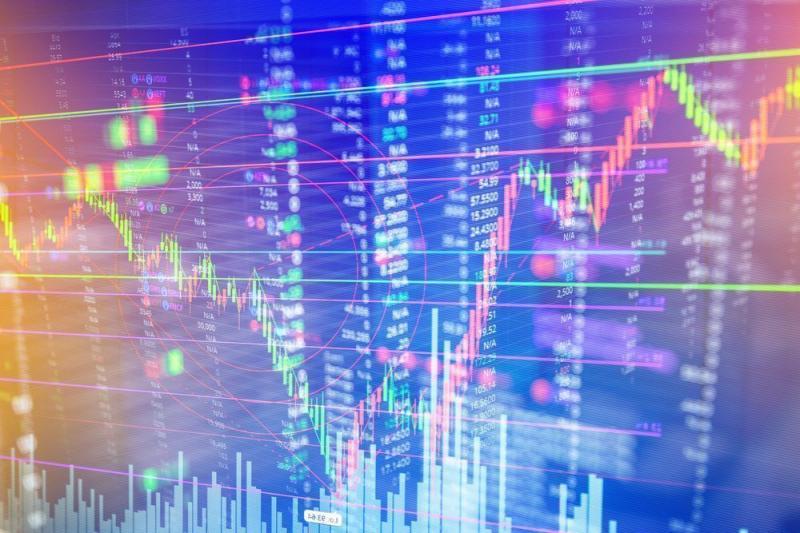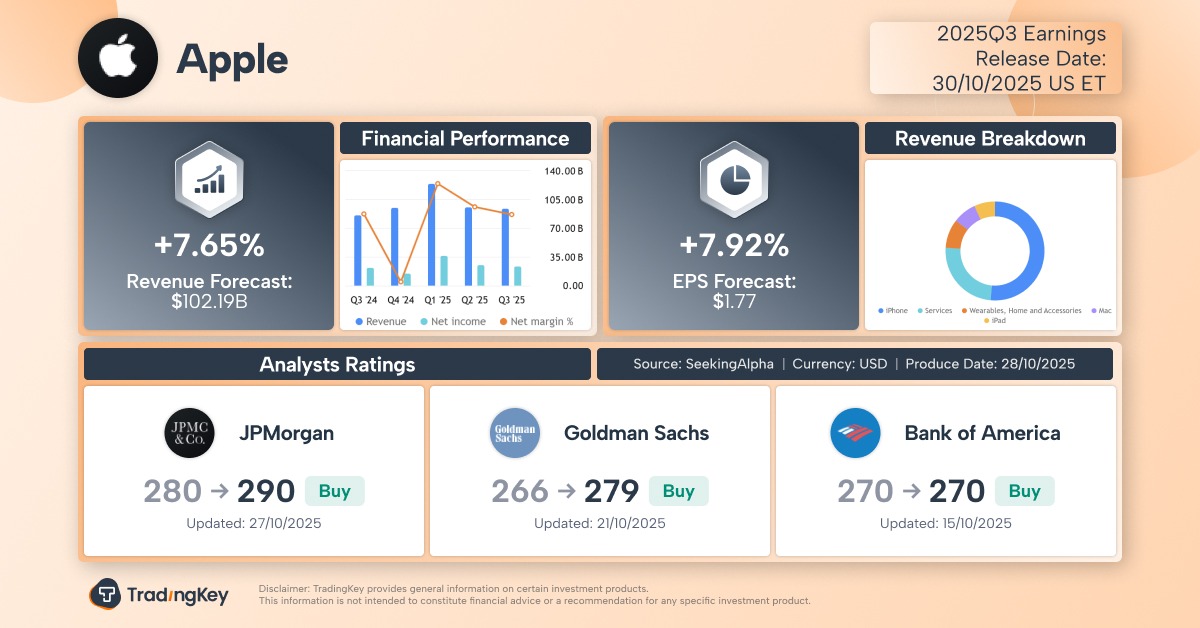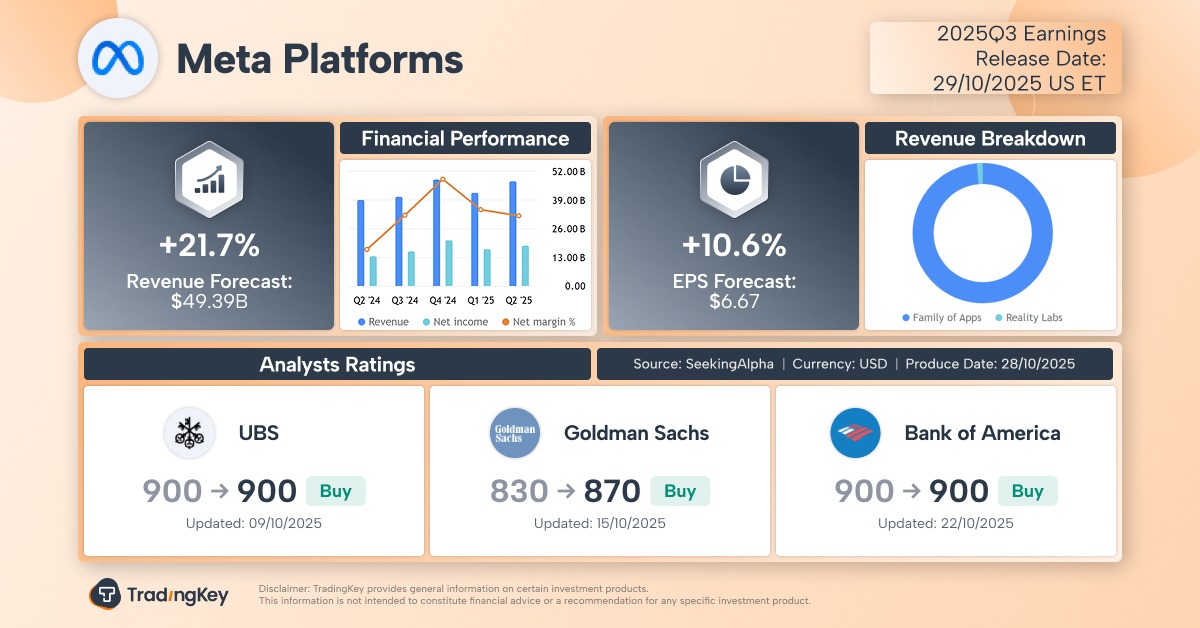Q3 U.S. Stocks Rally May Be Overextended: Tariff Fatigue and Seasonal Risks Demand a Repricing

TradingKey - The “Golden July” for U.S. equities delivered as expected, with the S&P 500 and Nasdaq Composite hitting new highs. But as markets enter the historically uncertain month of August and approach the infamous “September Swoon,” analysts are warning: it’s time to reassess underpriced risks — including tariff-driven inflation and economic slowdown.
Morgan Stanley: Tariff Impact Is Coming — and It’s Not Priced In
In a recent report, Morgan Stanley warned that Trump’s tariffs will begin to significantly impact the U.S. economy in Q3 2025, pushing inflation higher and growth lower.
Despite strong market performance, the bank argues that investors are underestimating the delayed effects of trade policy.
- In the first five months of 2025, core PCE inflation — the Fed’s preferred gauge — remained stable between 2.5% and 2.8%
- Q1 GDP contracted by 0.5%, but analysts attributed this to pre-tariff inventory hoarding, not underlying weakness
- Labor market data and consumer spending remained resilient
However, Morgan Stanley forecasts a sharp shift in Q3:
- Core PCE inflation could surge from 2.3% in Q2 to 4.0% in Q3, before easing to 2.9% in Q4
- Real GDP growth could slow from 2.1% in Q2 to 1.2% in Q3, then nearly stall at 0.2% in Q4
Why the Market Is Celebrating — and Why It Might Be Wrong
The recent rally, Morgan Stanley notes, reflects investor confidence in economic resilience and the belief that tariff-driven inflation will be transitory.
CEO confidence is near net-negative territory, yet markets have largely ignored this. Meanwhile, the pass-through of tariffs to consumer prices has been gradual — so far not triggering panic.
“U.S. equity markets have continued to celebrate the economy’s resilience and limited signs of resurgent inflation. But it is premature to completely shrug off trade-related risks,” Morgan Stanley noted.
The bank warns of a growing case of “tariff fatigue” — a psychological state where investors, overwhelmed by months of trade headlines, begin to tune out the risks, assuming the worst has passed.
But if the expected economic volatility materializes in the coming months, the equity market could lose momentum rapidly.
August: The Calm Before the Storm?
Historically, July is one of the strongest months for U.S. stocks — the S&P 500 has not posted a negative return in July over the past 10 years.
But August is more ambiguous, and September is notoriously weak.
Since 1957, the S&P 500’s average August return is just 0.10% — the 10th-best month out of 12, and far below the 0.70% average for all months.
In contrast, the Dow Jones Industrial Average has historically performed better in August, averaging 1.0% gain since 1896 — the 5th-best month, above the 0.60% average.
So while August shows no clear seasonal bias, September tells a different story.
Since the late 1920s, the S&P 500 has averaged a loss of over 1% in September. Less than half of Septembers have delivered positive returns.
Analysts attribute this to
- Back-to-school financial pressure on households
- Quarter-end portfolio rebalancing and dividend tax considerations
- A self-fulfilling market psychology — where the “September Swoon” becomes real because everyone expects it







